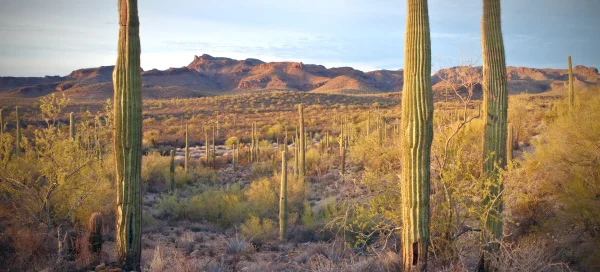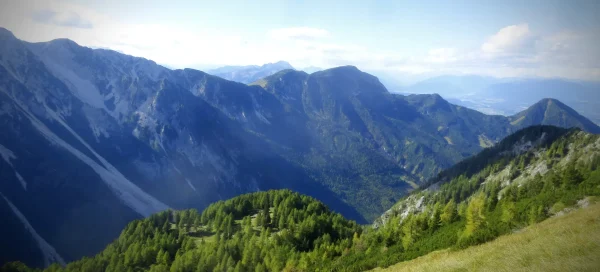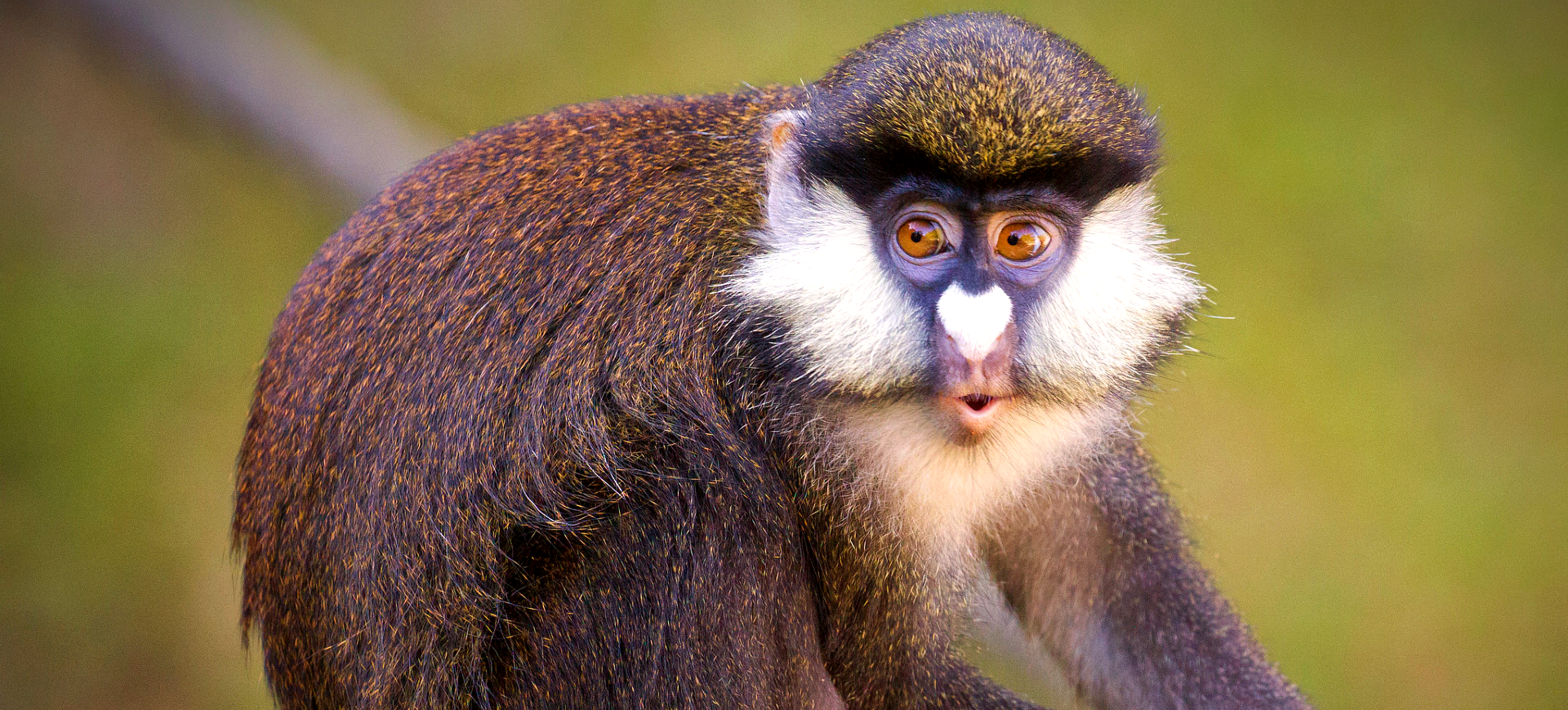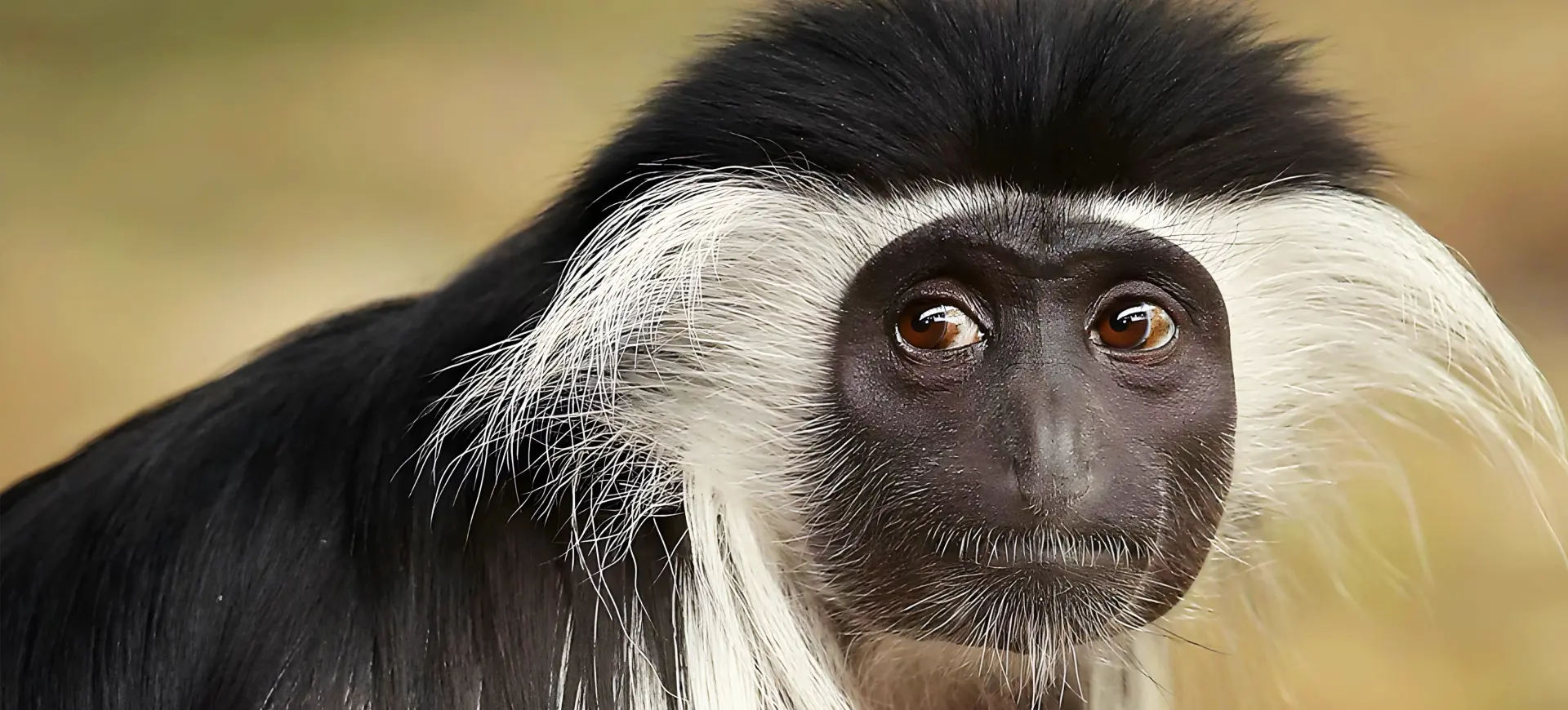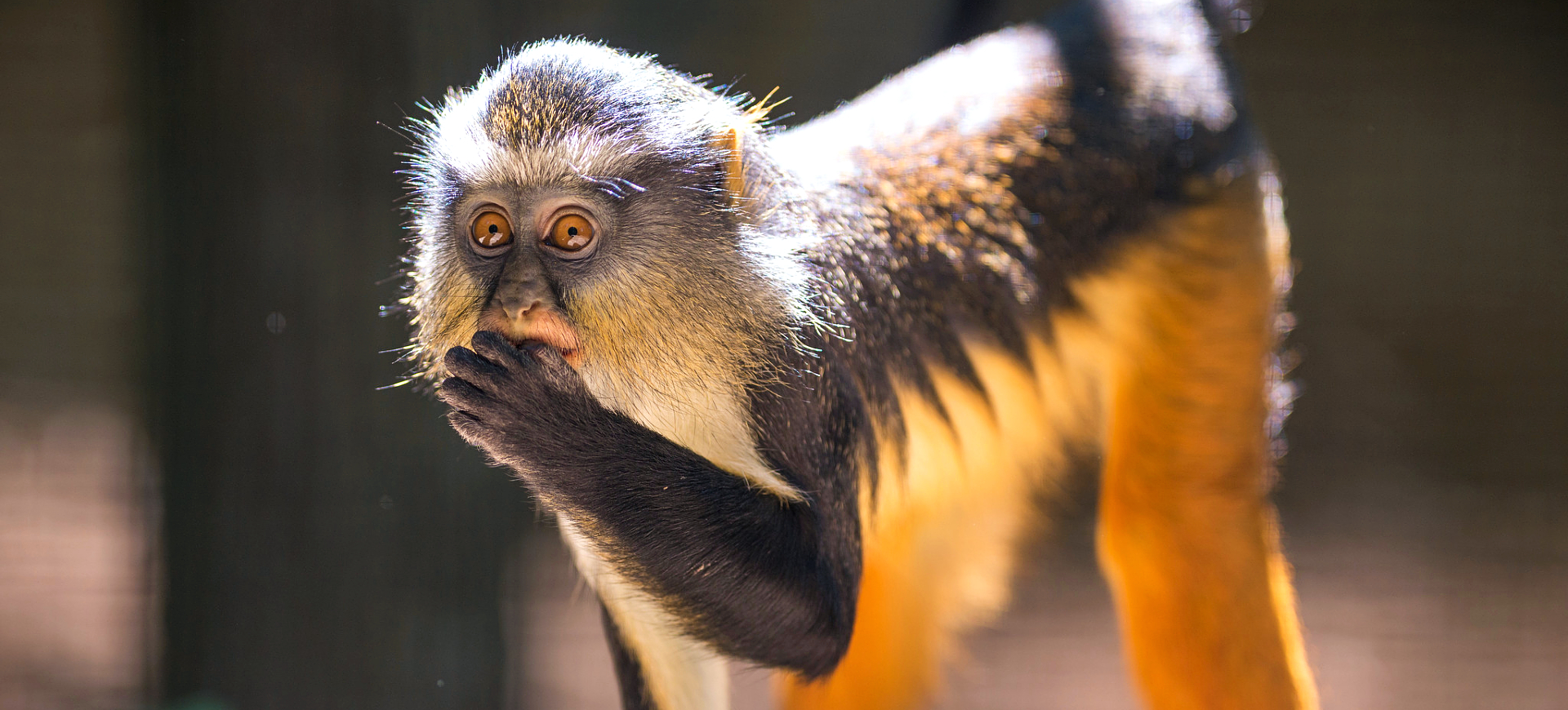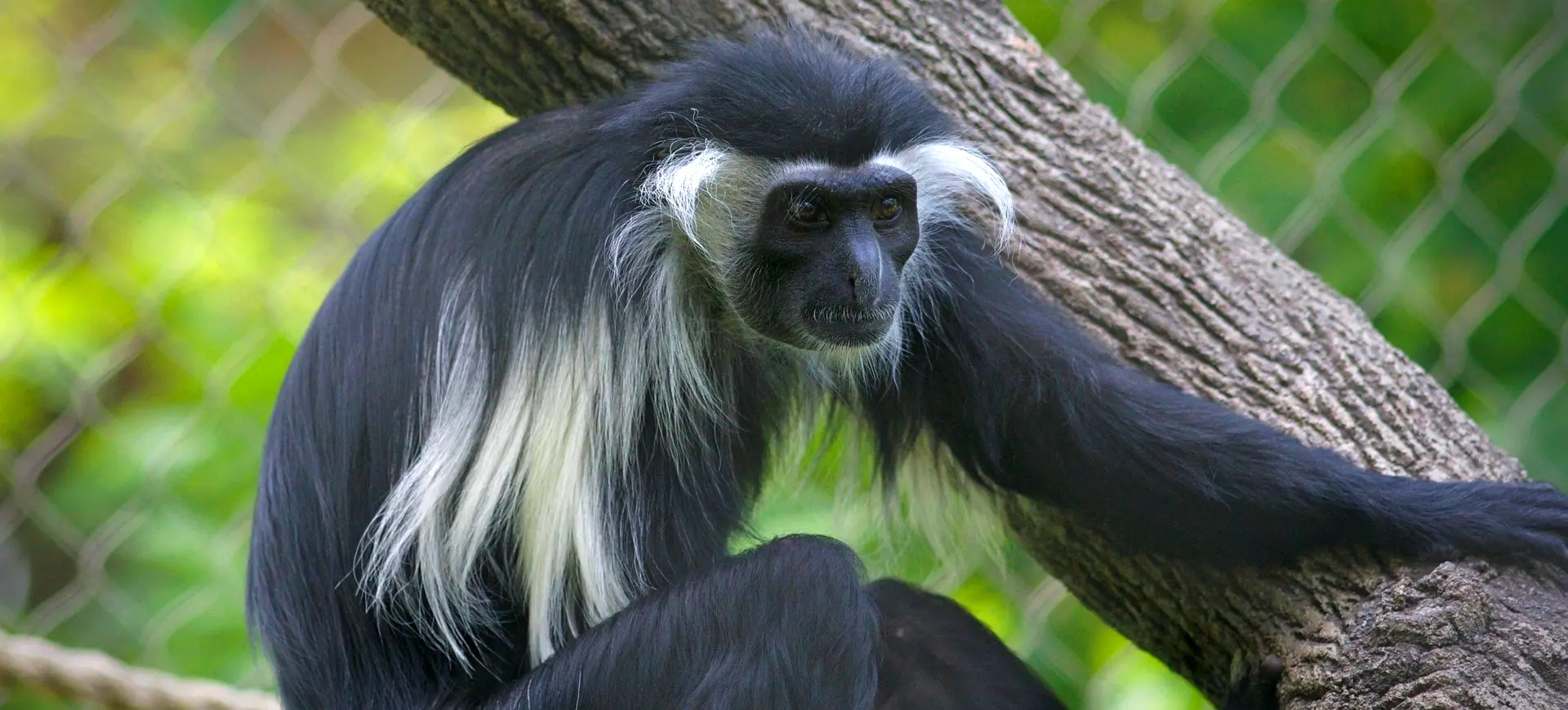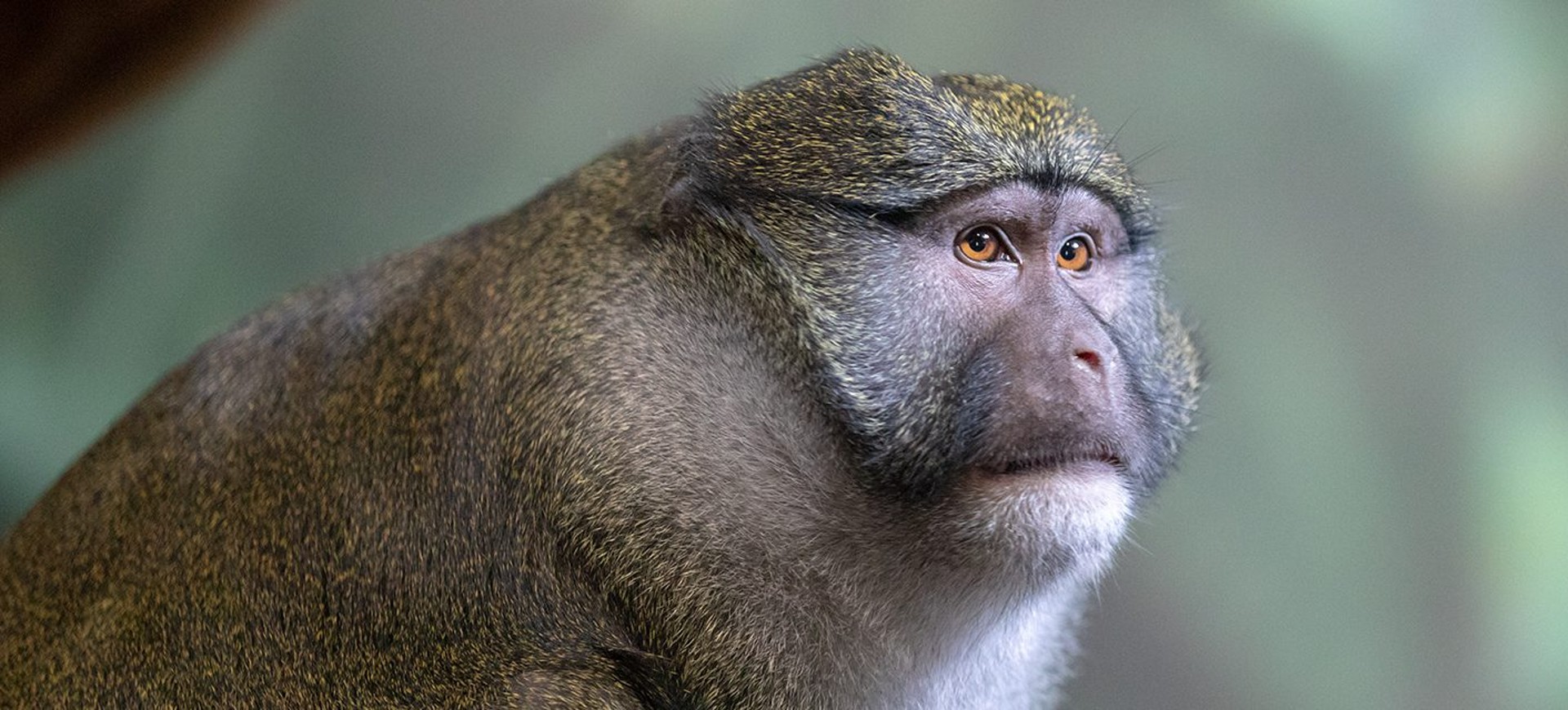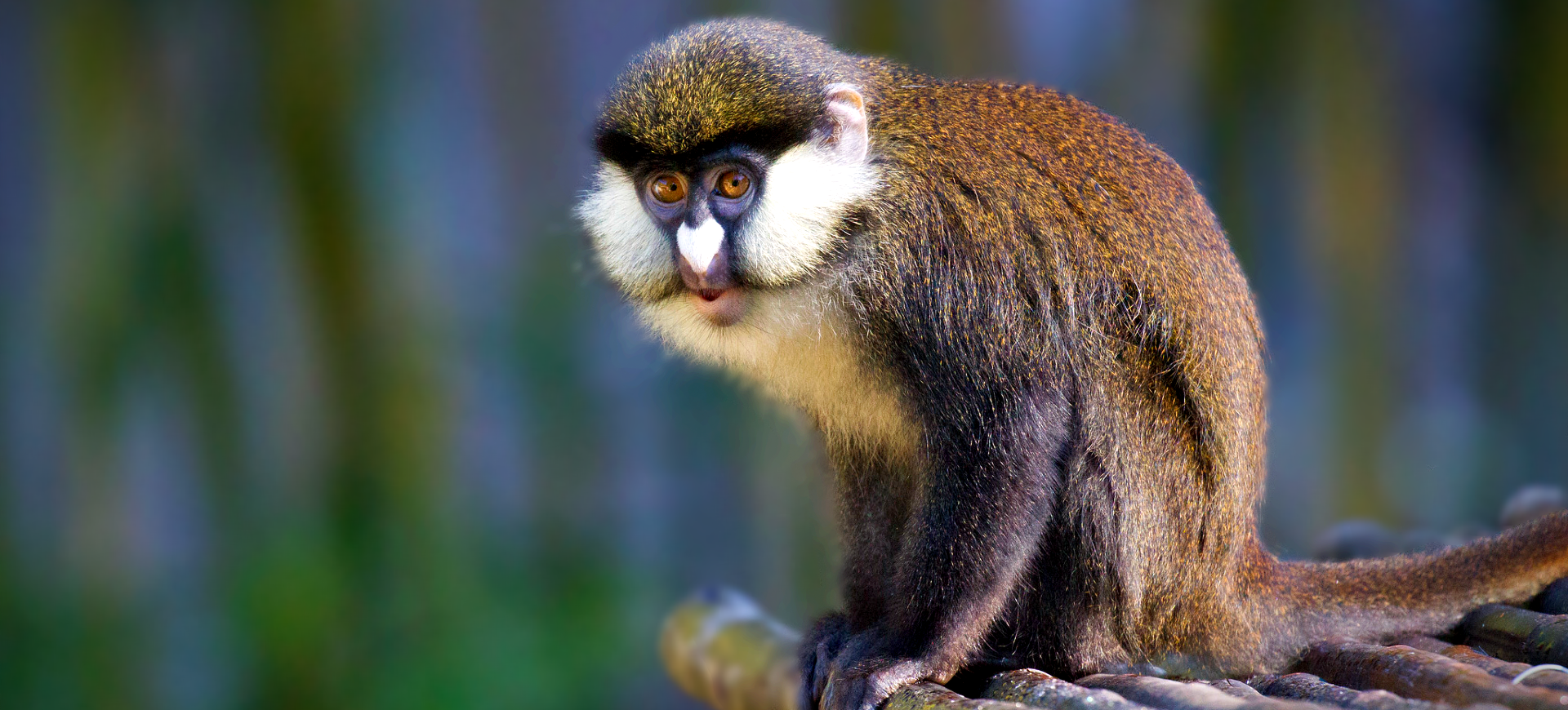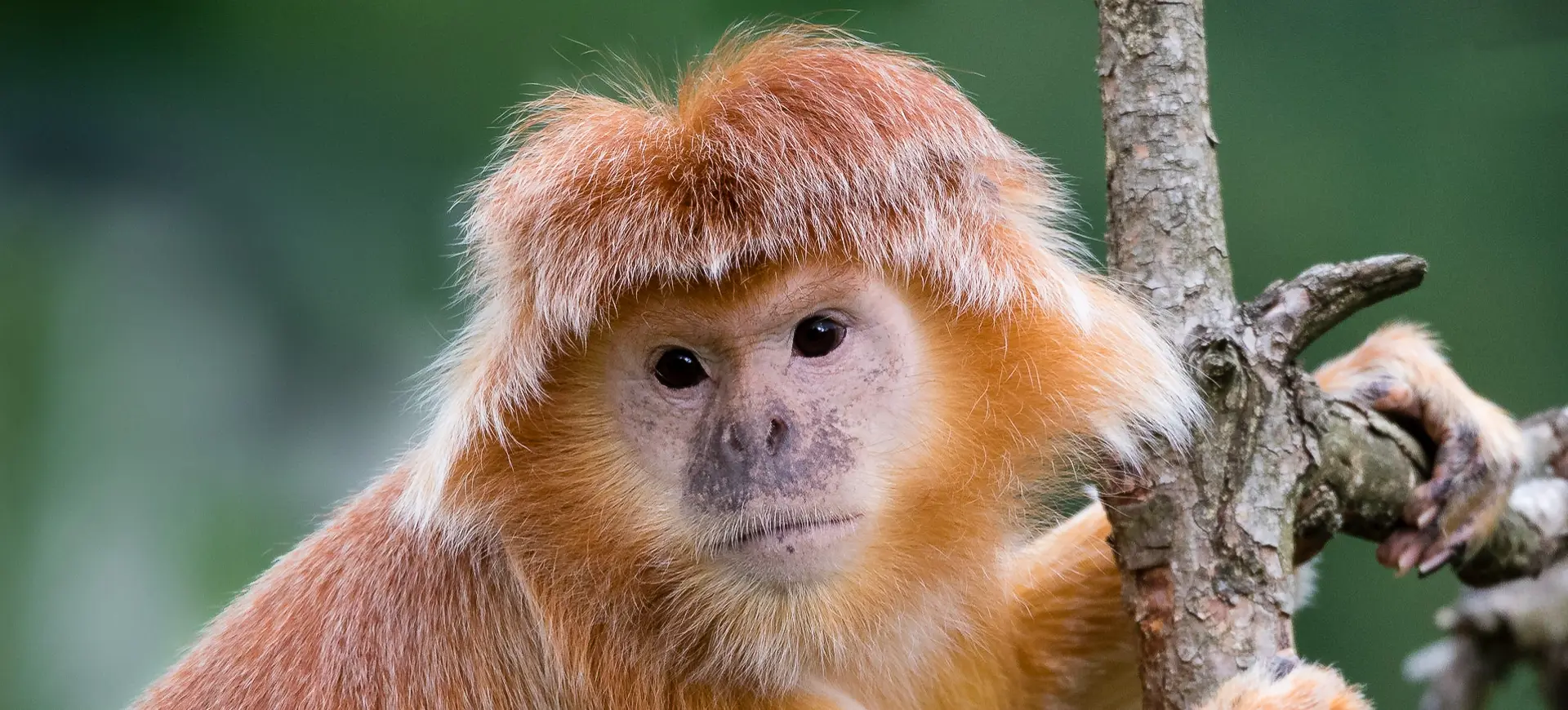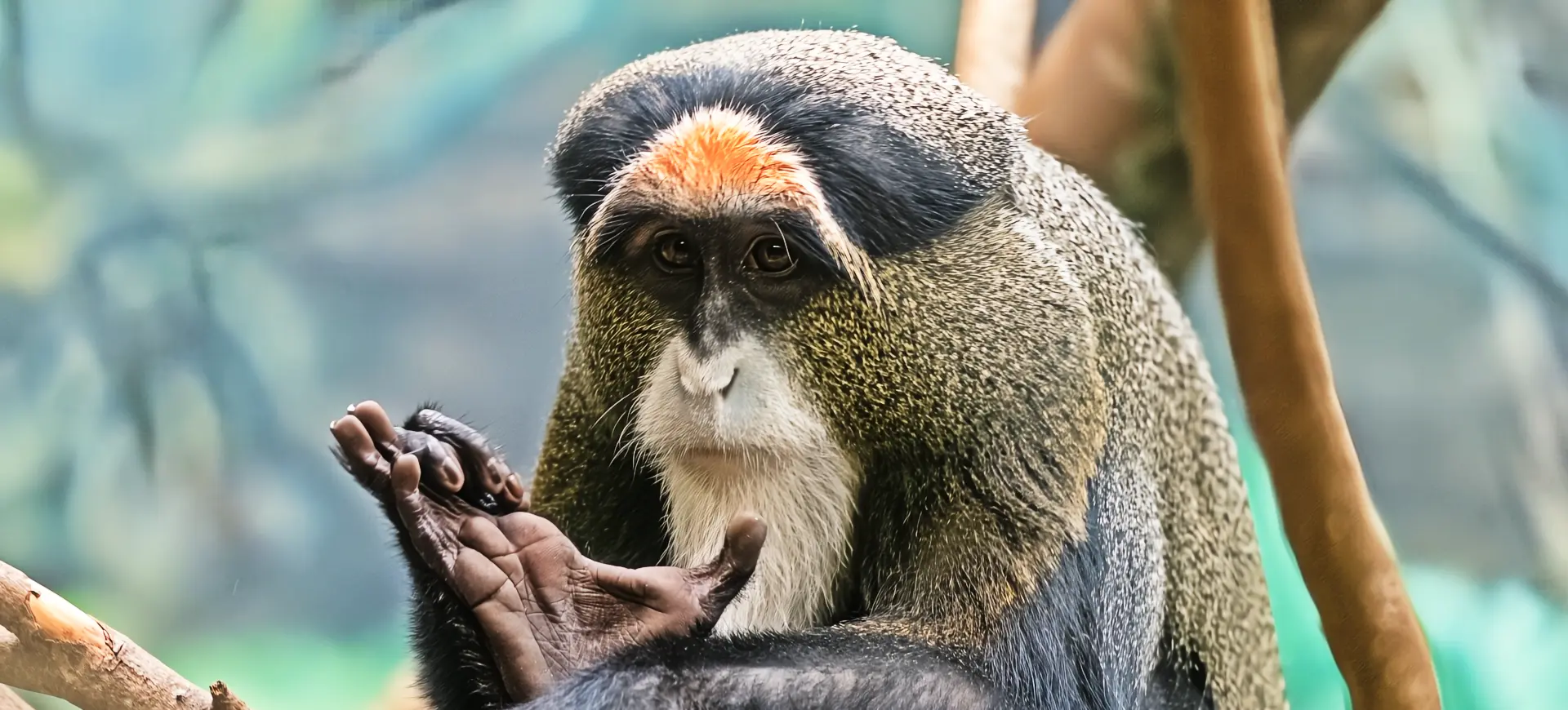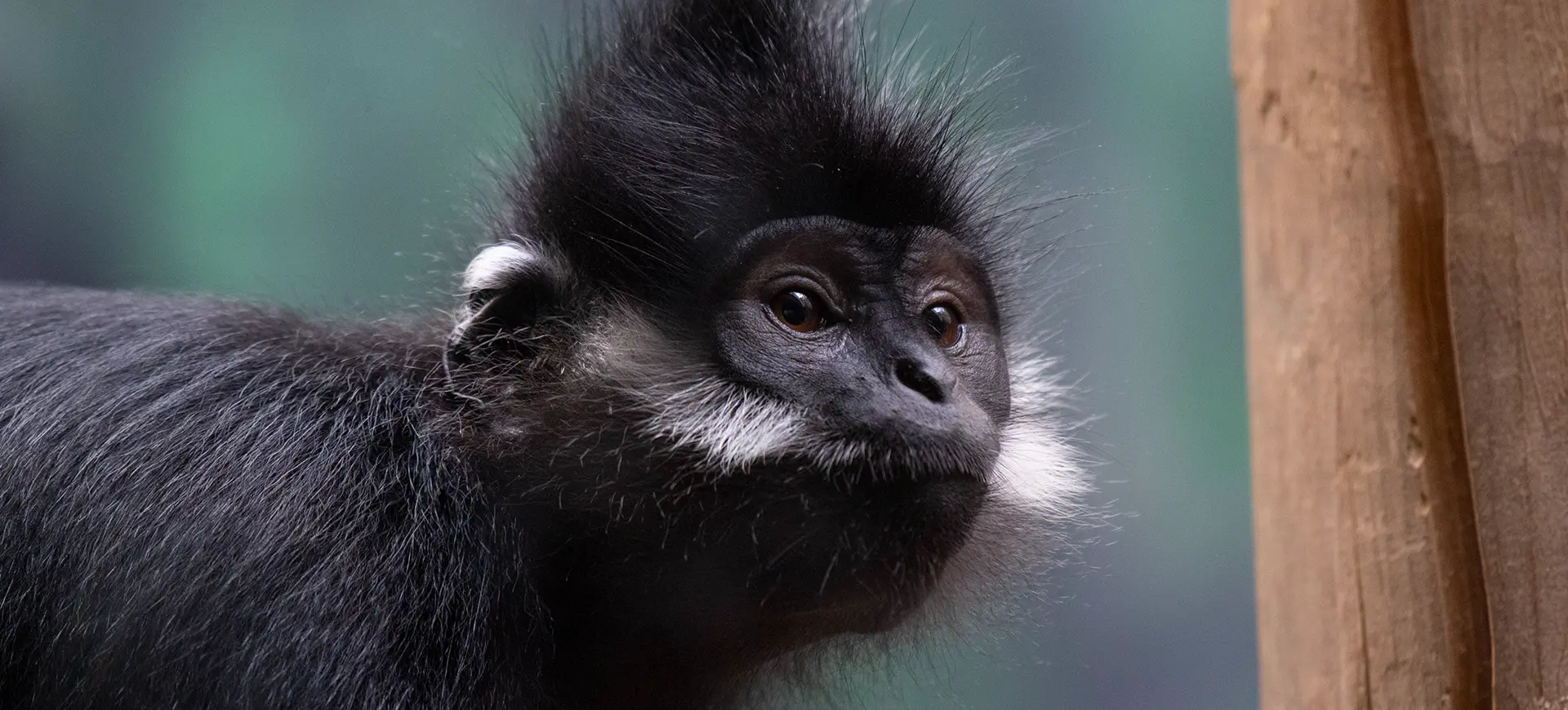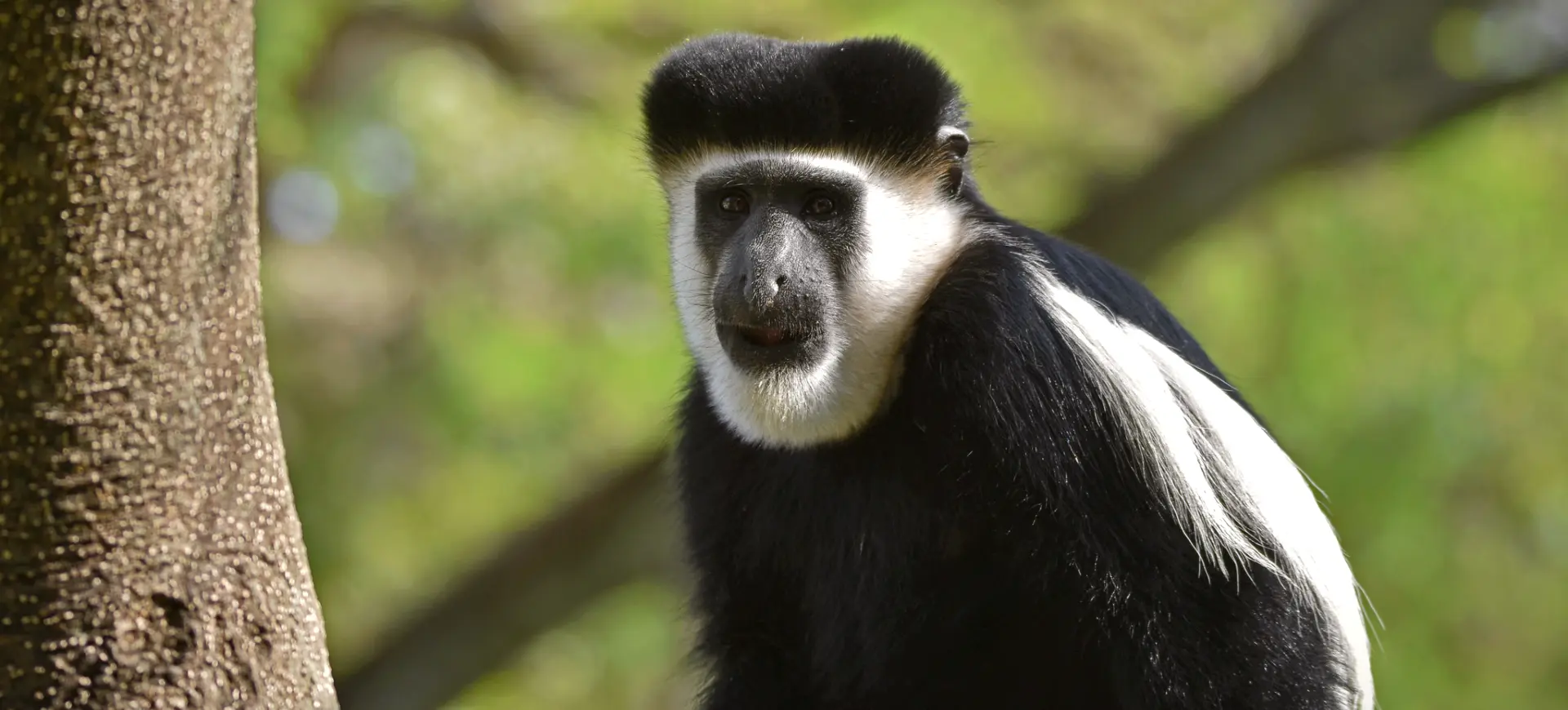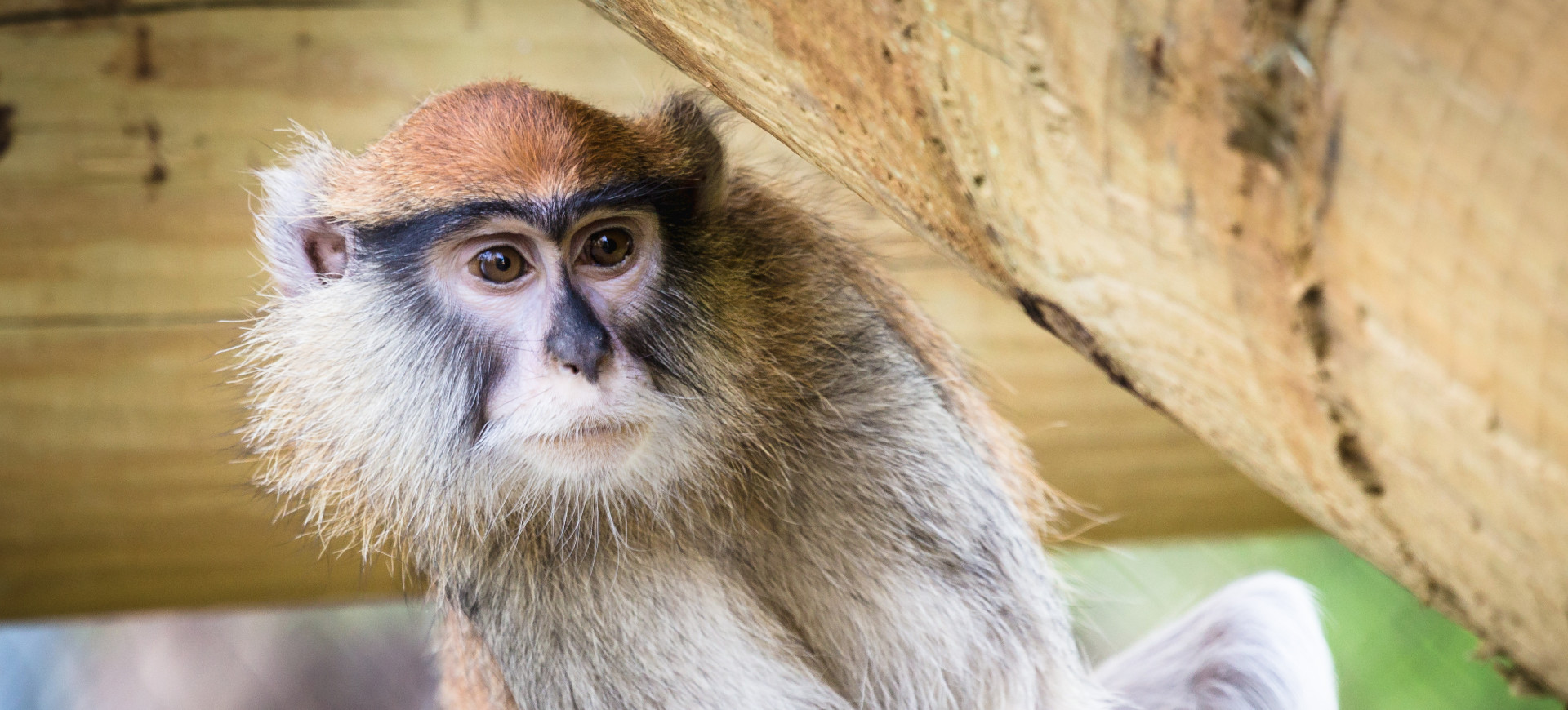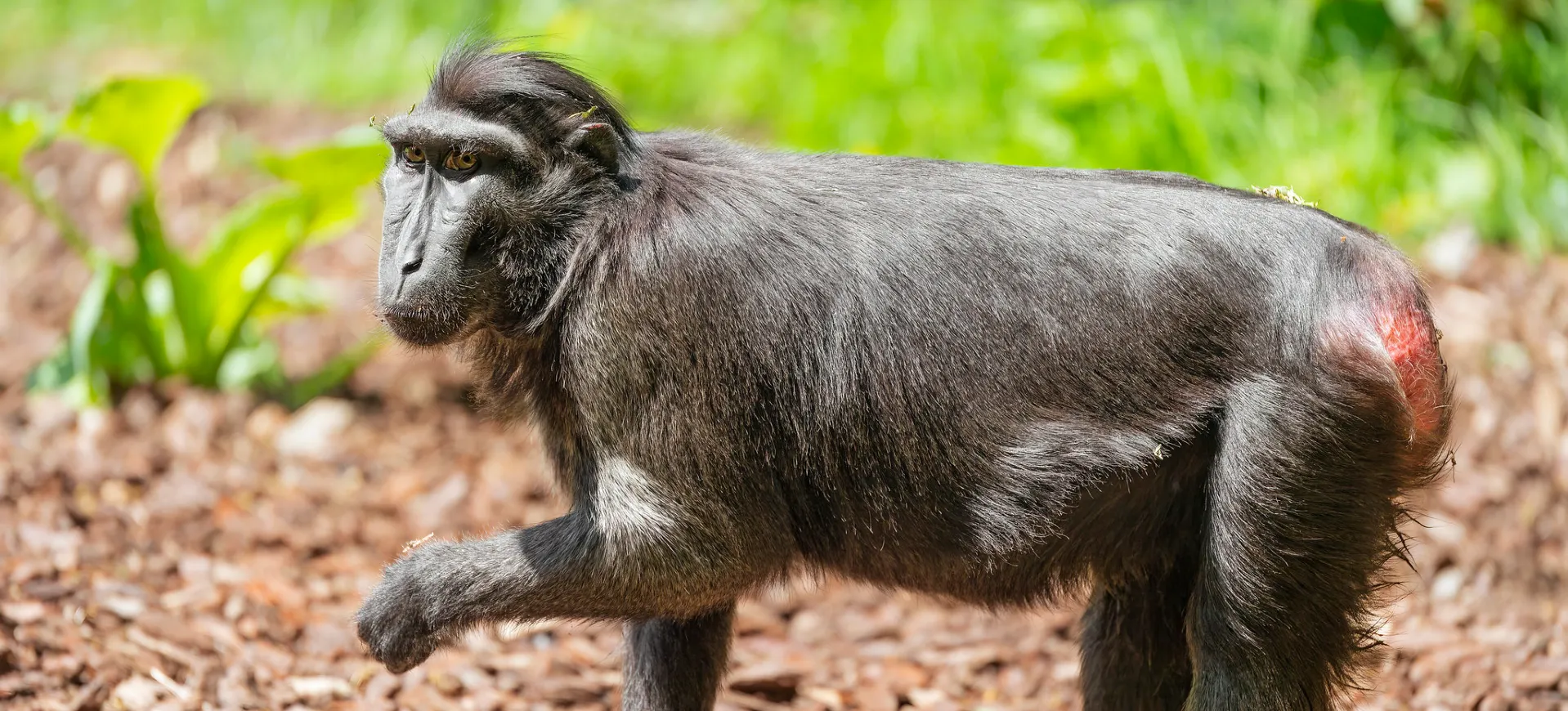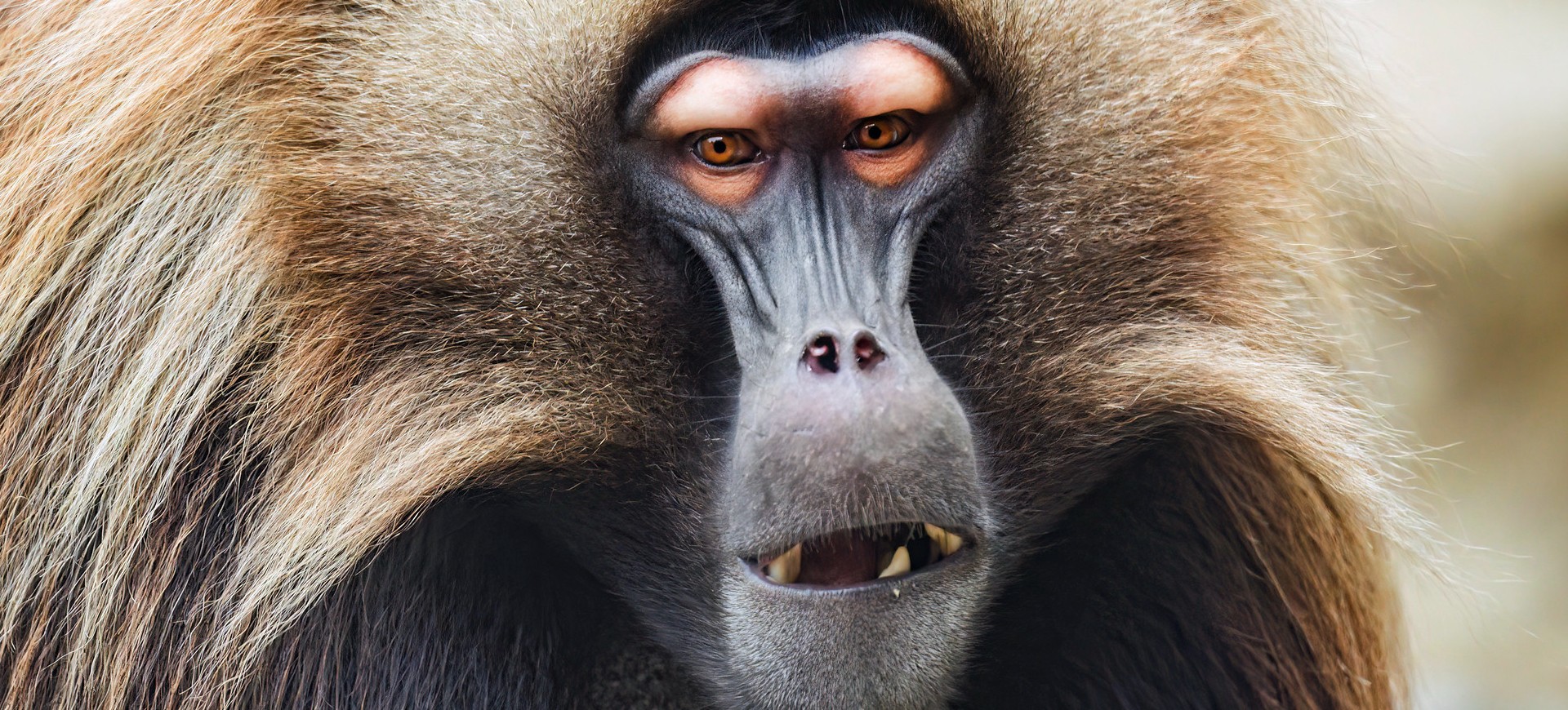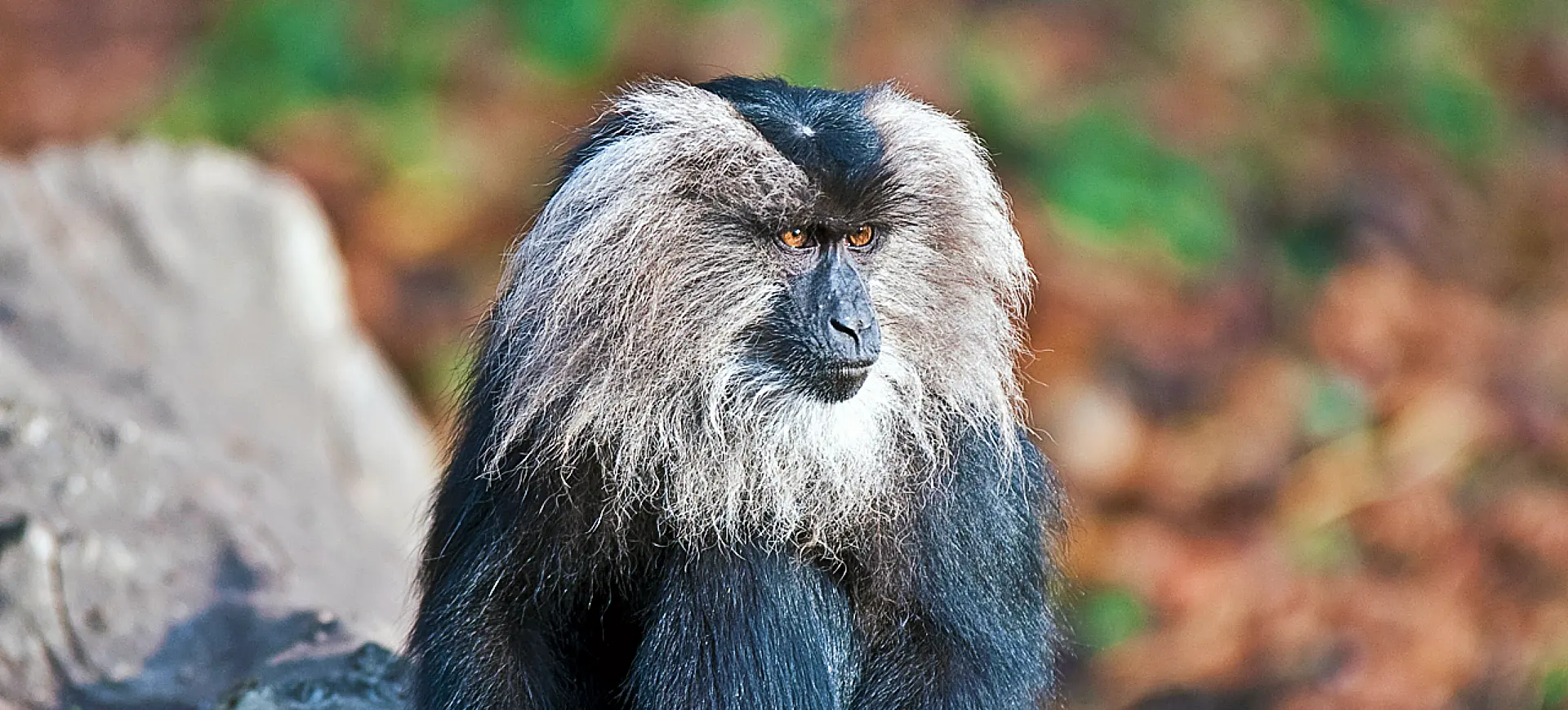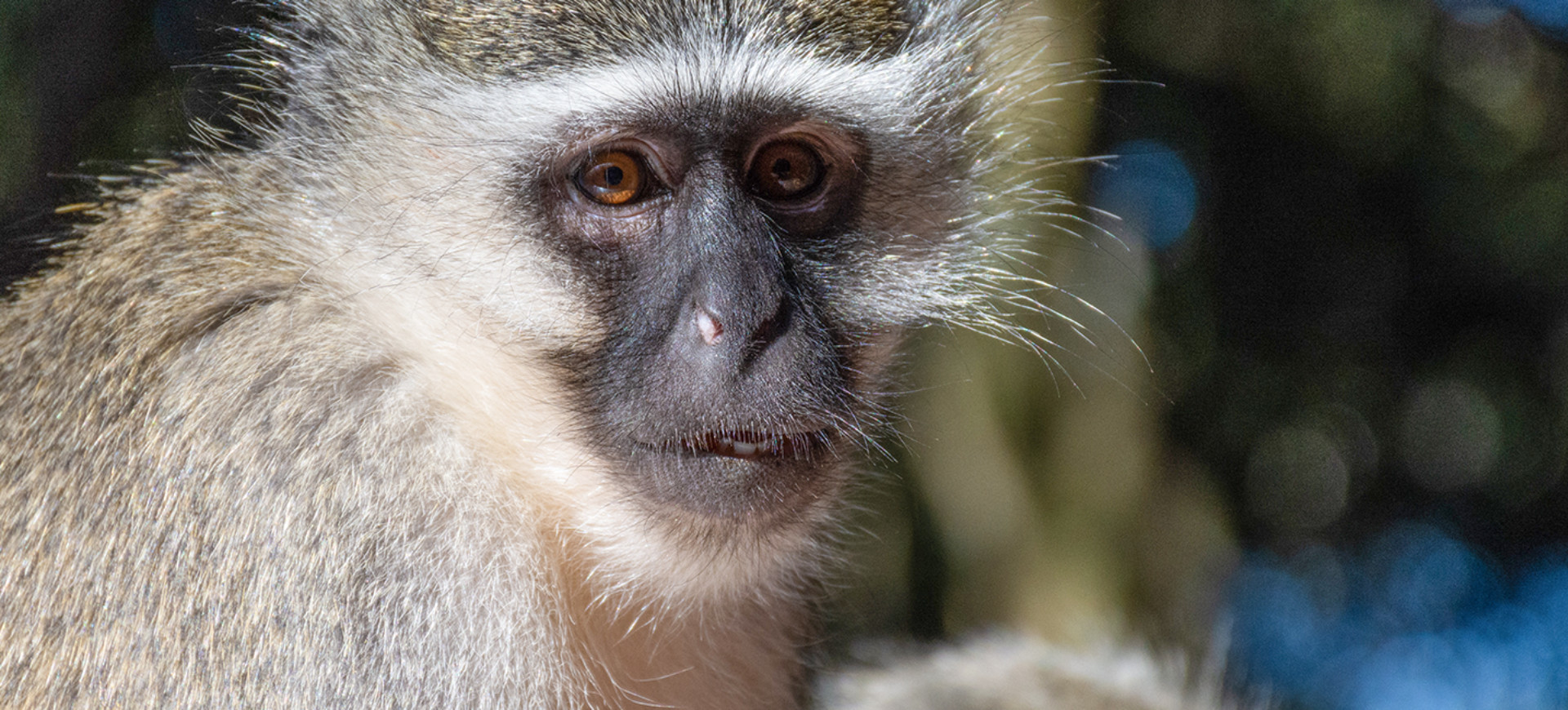Overview
The Hamadryas baboon (Papio hamadryas) is from the Old World monkey family. One of the most distinctive primates, they are primarily terrestrial and inhabit various environments, from semi-desert areas to verdant savannahs. Known for their dog-like muzzle, silver-grey fur, and mantle-like cape of longer hair that the males possess, these animals are integral parts of their ecosystems, controlling populations of their prey and serving as indicators of environmental health.
These baboons have a complex social structure based on multi-level societies. From pairs to clans, bands, and even larger troops, their social hierarchies are an engaging aspect of their behavior. The Hamadryas baboon is also notable for its sexual dimorphism, with males significantly larger than females and showcasing different physical characteristics, like their remarkable mane.
Hamadryas baboons are revered animals in certain cultures and were once considered sacred by the ancient Egyptians, appearing frequently in their art and mythology. Today, they intrigue scientists and animal lovers alike with their striking appearance, intelligent behaviors, and complex social structures.
Taxonomy
Kingdom
Phylum
Class
Order
Family
Genus
Species
Type
Physical Description:
Hamadryas baboons are robust, heavy-bodied primates showcasing evident sexual dimorphism. Males are strikingly adorned with a thick, silvery-grey mane or cape of hair extending down to their mid-back. Their faces, rump and undersides are hairless, exhibiting a dark, almost black coloration. Males also possess longer, more pronounced muzzles and larger canines than females.
Females, on the other hand, are smaller and less dramatically adorned. They are primarily brown and lack the luxurious mane seen in males. Juveniles resemble the females in coloration but will begin to exhibit differences as they reach sexual maturity. Due to complex musculature, the expressiveness of their faces allows a range of emotions to be conveyed, which is critical for an animal that relies so heavily on social structure.

Lifespan: Wild: ~30 Years || Captivity: ~45 Years

Weight: Male: ~66 lbs (30 kg) || Female: ~45 lbs (20 kg)

Length: Male: 30-39 in (76-100 cm) || Female: 26-36 in (65-92 cm)

Height: Male: 24-30 in (60-76 cm) || Female: 18-25 in (45-64 cm)

Top Speed: 30 mph (48 km/h)
Characteristic:
Native Habitat:
The native habitat of the Hamadryas baboon encompasses a broad range of arid environments. They can be found in rocky desert areas, sub-desert, and savannahs throughout northeastern Africa and the southwestern tip of the Arabian Peninsula. They prefer cliff faces for sleeping and breeding, as it protects them from predators.
Hamadryas baboons have shown considerable adaptability to their environment. They’re known to migrate seasonally based on food availability and water sources. They can tolerate high temperatures and have adapted to regions with limited water supply.
Biomes:
Biogeographical Realms:
Diet:
Diet & Feeding Habits:
Hamadryas baboons are omnivores with a varied diet. They primarily consume various plant materials, including fruits, roots, tubers, seeds, grasses, and leaves. They also eat invertebrates, small mammals, and birds when available. Hamadryas baboons have even been known to consume meat as young antelopes or sheep, although this is not common.
Foraging for food is primarily a daytime activity, with most of it occurring on the ground. They have cheek pouches in which they can store food to be consumed later, an adaptation particularly useful during periods of food scarcity. They require water daily and will travel long distances to locate water sources in arid environments.
Mating Behavior:
Mating Description:
Hamadryas baboons exhibit a multi-level social system that profoundly influences their mating habits. A male baboon, after reaching sexual maturity, will attempt to attract females to form a harem, which typically consists of one to four females. The male guards his females vigilantly, a behavior known as mate-guarding. This system is known as a ‘one-male-unit’ or OMU.
Mating can occur throughout the year, but peak periods coincide with increased food availability. Females signal their receptivity through physical changes, primarily swelling of the genital region. After a gestation period of approximately six months, females will give birth to a single offspring.
Reproduction Season:
Birth Type:
Pregnancy Duration:
Female Name:
Male Name:
Baby Name:
Social Structure Description:
The Hamadryas baboon has a complex multi-tiered social structure. At the most basic level are one-male units (OMUs), consisting of one male and one to four females. Several OMUs, along with some bachelor males, form a clan. Multiple clans come together to form a band, and several bands form a troop.
This structure is maintained through various social behaviors, such as grooming and vocal communication. Male baboons also guard their females to prevent them from leaving the OMU, while females form strong social bonds with each other within their OMU.
Groups:
Conservation Status:
Population Trend:
Despite several threats, Hamadryas baboons are still widely distributed and not currently considered endangered. The wild population is estimated to be in the hundreds of thousands, although the exact number is unknown due to their vast distribution range.
In captivity, Hamadryas baboons are found in various zoos worldwide due to their fascinating social behavior and adaptability. Their numbers in captivity are also not precisely known. Maintaining genetic diversity within captive populations is essential to ensure their long-term survival and potential use in reintroduction programs if needed.
Population Threats:
The primary threats to Hamadryas baboons include habitat loss due to agricultural expansion, urbanization, and desertification. Hunting for bushmeat and the pet trade also poses significant risks. In some regions, they are considered pests due to their foraging habits in cultivated areas, which leads to retaliatory killings.
Climate change and its resultant extreme weather conditions and changes in vegetation also threaten their survival, making food sources scarce and altering their native habitats. In some areas, they also face competition for resources with other baboon species.
Conservation Efforts:
Conservation efforts for the Hamadryas baboon primarily focus on habitat preservation and the control of hunting. This includes the establishment and management of protected areas within their range. In places like Ethiopia, national parks like the Awash National Park provide a vital refuge for these baboons.
Educational programs are also crucial, teaching local communities about the ecological role of these baboons and discouraging hunting and the pet trade. In some areas, mitigation efforts are underway to reduce human-baboon conflict, like providing alternative food sources to keep them away from agricultural areas.
Additional Resources:
Fun Facts
- The ancient Egyptians considered Hamadryas Baboons sacred, representing the god Thoth.
- They have a multi-level social system, including harems, clans, bands, and troops.
- Male baboons kidnap young females to create and maintain their harems.
- Unlike many primates, Hamadryas Baboons spend considerable time on the ground.
- They use over 30 different vocalizations to communicate.
- The male’s mane and cape, absent in females, become more pronounced with age.
- Hamadryas Baboons can walk long distances to find water and food.
- They use cliffs as sleeping places, which offer protection from predators.
- During confrontations, males often flaunt their canine teeth to intimidate opponents.
- The dominant male of a harem will groom the females to strengthen social bonds.



